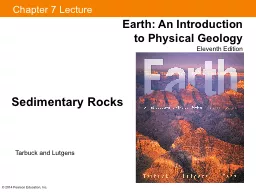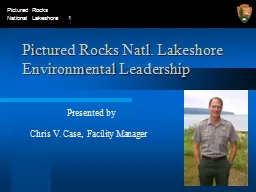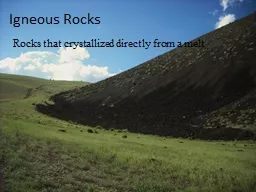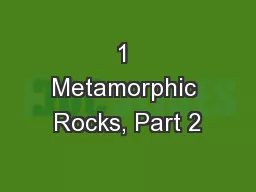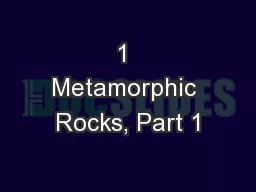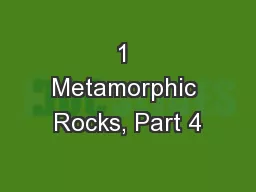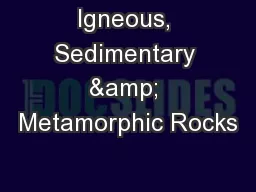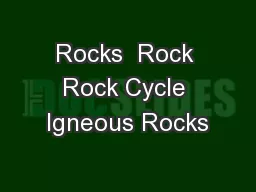PPT-Products from Rocks
Author : pamella-moone | Published Date : 2016-07-14
C1a Limestone is mainly made from calcium carbonate CaCO 3 Limestone used to make glass HEAT AT HIGH TEMPERATURE Powdered Limestone Sand Sodium carbonate Limestone
Presentation Embed Code
Download Presentation
Download Presentation The PPT/PDF document "Products from Rocks" is the property of its rightful owner. Permission is granted to download and print the materials on this website for personal, non-commercial use only, and to display it on your personal computer provided you do not modify the materials and that you retain all copyright notices contained in the materials. By downloading content from our website, you accept the terms of this agreement.
Products from Rocks: Transcript
Download Rules Of Document
"Products from Rocks"The content belongs to its owner. You may download and print it for personal use, without modification, and keep all copyright notices. By downloading, you agree to these terms.
Related Documents


